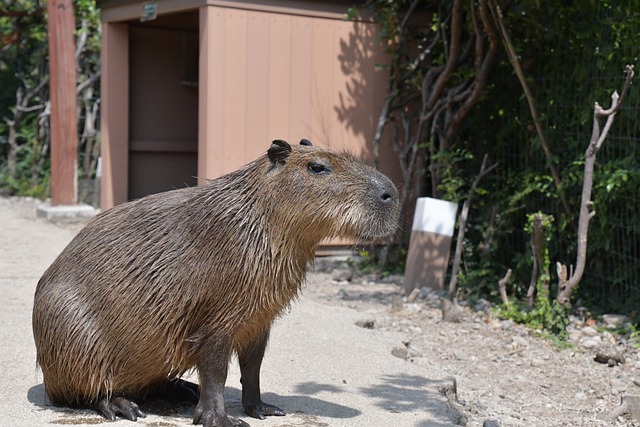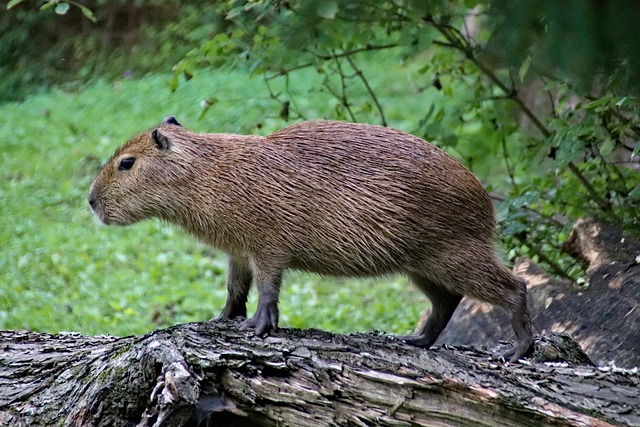Guinea pigs may be small, but they are prominent in our hearts. As loving pet owners, it’s essential to understand how to properly care for our furry friends, especially when they face health challenges.
One common issue in guinea pigs is the need for antibiotics to combat various bacterial infections. However, the burning question remains: how long does it take for antibiotics to work on a guinea pig?
This blog will dive deep into understanding antibiotics for guinea pigs, their potential side effects, and what you can expect regarding the improvement timeframe. Let’s get started.
How long for antibiotics to work on a guinea pig?
Understanding the antibiotics timeline for guinea pigs is essential to caring for these delightful rodents.
Generally speaking, a guinea pig will show signs of improvement within a few days of starting medication; however, it’s essential to continue treatment for the entire course prescribed, typically between 5-7 days.
Supplements such as probiotics may also be beneficial in aiding your guinea pig’s return to health.
This decision should be discussed with your veterinarian. If you notice that she still shows signs of infection after 5-7 days, her dosage or the type of antibiotic likely needs adjusting.
Keep a close eye on your guinea pig, and follow your veterinarian’s instructions.
Understanding the need for antibiotics in guinea pigs
Infections, particularly respiratory and urinary tract infections, are relatively common in guinea pigs.
These infections can lead to severe complications or are even fatal when left untreated.
These infections are often caused by bacteria, making antibiotics the first line of defense.
Your veterinarian will determine the appropriate antibiotic based on your guinea pig’s specific condition and needs, which may include oral administration, eye or ear drops, or even injections in some cases.
Factors influencing the effectiveness of antibiotics
There is no one-size-fits-all answer to how long antibiotics take to work on a guinea pig.
The time frame may vary depending on various factors, including the severity of the infection, the type of bacteria, the guinea pig’s overall health, and the particular antibiotic prescribed.
Some guinea pigs may show noticeable improvements within 24-48 hours, while others might take a few days or weeks.
Identifying signs of improvement
As a responsible pet owner, it is essential to closely monitor your guinea pig’s progress while they are on antibiotics.
Look for signs of general improvement in their health, such as increased appetite, more energy, and better breathing.
Additionally, observe any reduction in symptoms like decreased sneezing or coughing, lower frequency of urinary accidents, and an improved overall demeanor.
Remember that progress may be slow, so don’t be discouraged if there are no overnight miracles.
Possible side effects of antibiotics in guinea pigs
While antibiotics can be life-saving for guinea pigs, they may also have potential side effects. For example, some guinea pigs may experience diarrhea, reduced appetite, or even allergic reactions after starting a new medication.
Another essential consideration is antibiotics’ impact on your guinea pig’s gut flora. A healthy gut contains a balance of good and bad bacteria, and antibiotics can sometimes disrupt this balance, leading to digestive issues.
In such cases, it is crucial to consult with your veterinarian to address these side effects and consider administering probiotics to support gut health.
When to contact your veterinarian
If your guinea pig is not improving after about a week of antibiotic treatment or is experiencing severe side effects, it is crucial to follow up with your veterinarian.
They can assess whether the current antibiotics effectively target the infection or if an alternative treatment plan should be considered.
Be sure to communicate any concerns or changes in your guinea pig’s condition with your veterinarian to ensure they receive the best care.
Conclusion
Administering antibiotics to a guinea pig can be an essential step in ensuring their health and well-being during a bacterial infection. While there is no definitive time frame for how long it takes for antibiotics to work in guinea pigs, most will show signs of improvement within days or weeks, depending on the specific circumstances.
Keep a watchful eye on your furry friend, and don’t hesitate to consult your veterinarian with any questions or concerns. Your love and attentive care can make all the difference in helping your guinea pig recover and thrive.








